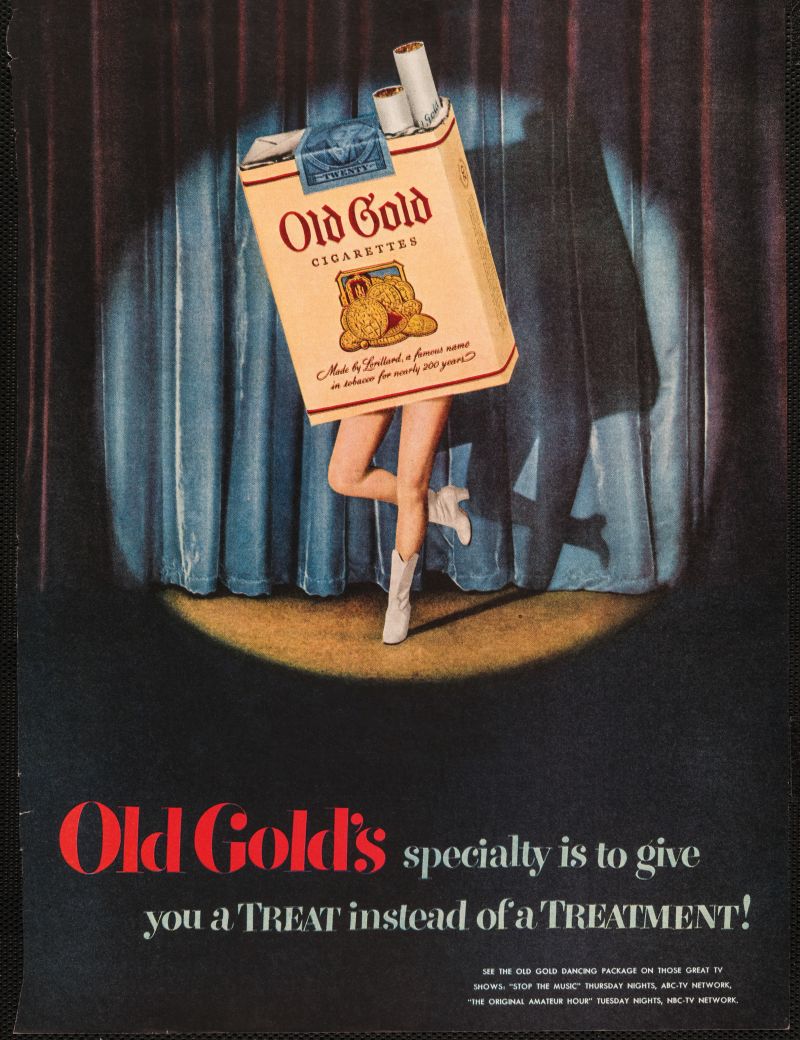The Evolution of Vintage Tobacco Advertising
This vintage Lucky Strike ad from 1935 is representative of the kind of imagery and concepts that were once used to sell cigarettes. It showed a couple enjoying a smoke in a luxury setting, and touted the smoothness of the tobacco, described as giving “the mildest smoke” that doesn’t irritate the throat. It would be decades before health considerations even played a role.
Courtesy Taschen



Historical Context of Tobacco Marketing
Throughout various decades, advertisements portrayed smoking as an aspirational activity, often set in luxurious or glamorous contexts. Therefore, these images cultivated a societal acceptance of tobacco consumption, overshadowing emerging health warnings.
Changing Perceptions of Alcohol and Tobacco
In contemporary society, our views on alcohol and tobacco have shifted significantly. Unlike previous eras where marketing strategies focused on allure and sophistication, today’s advertising is much more nuanced as it often highlights health impacts and responsible consumption.
Conclusion
Ultimately, understanding the evolution of vintage advertising provides insights not only into marketing trends but also into the changing attitudes towards alcohol and tobacco. Such historical context is essential for recognizing how societal values shape commercial messaging, and consequently, public perception.




